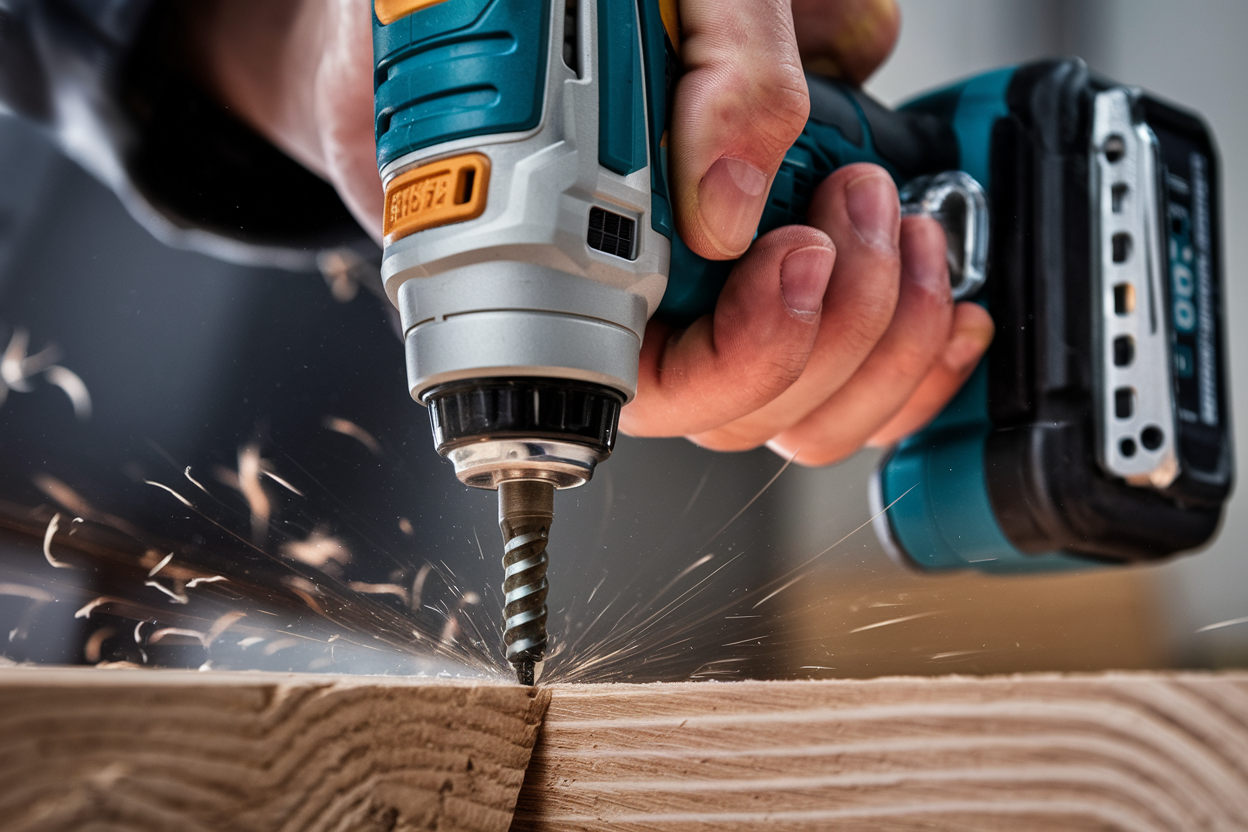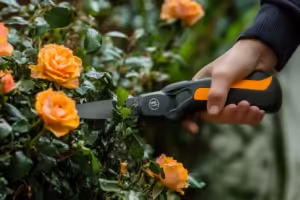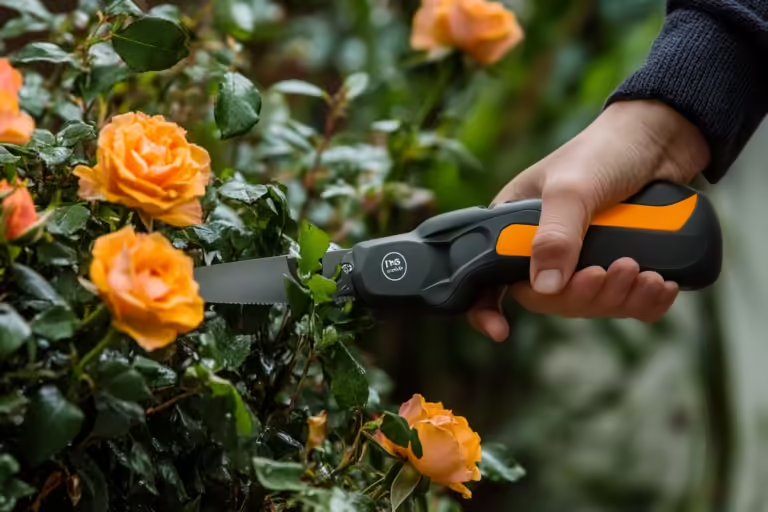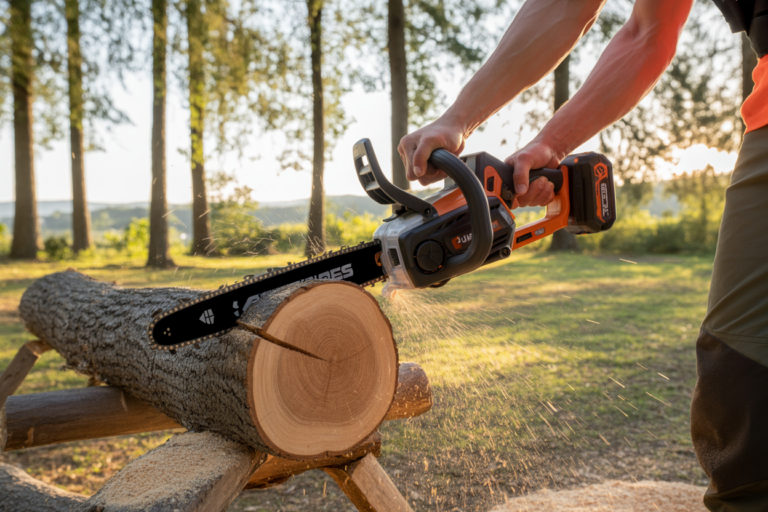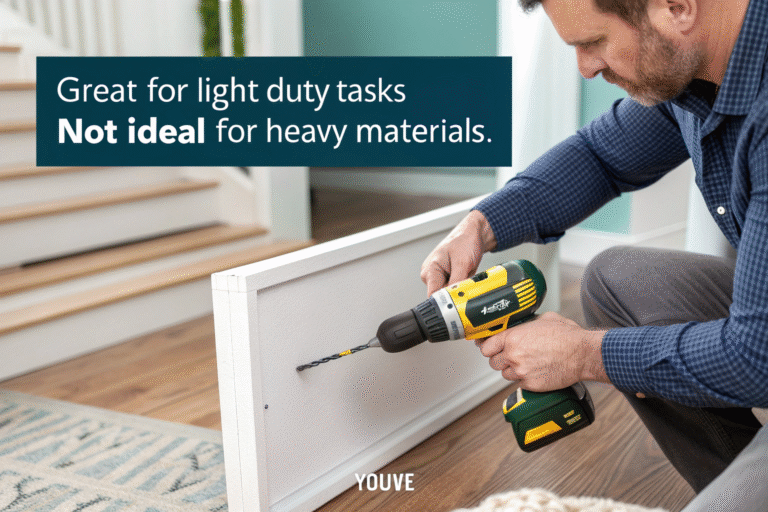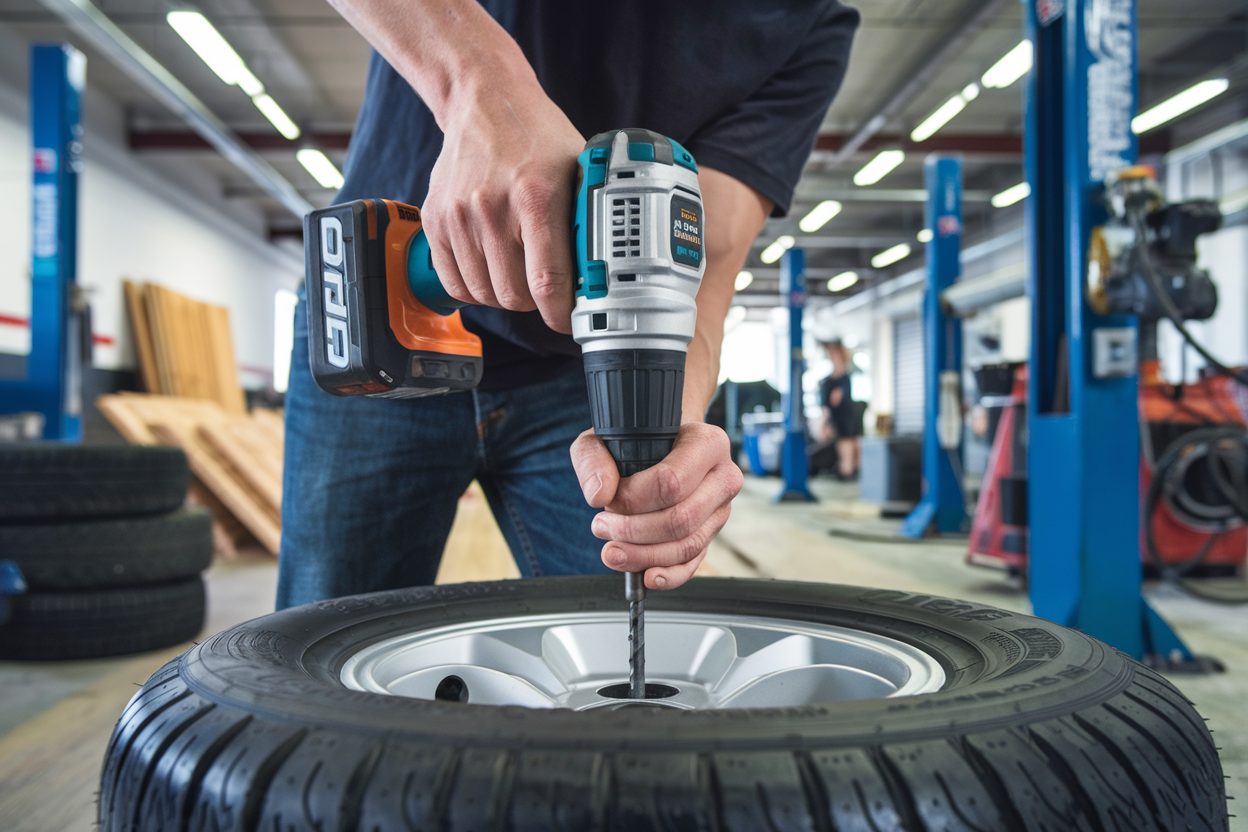
Using an [impact driver](https://wirelessdrill.com/What-is-an-impact driver-and-how-does-it-differ-from-a-drill/)1: can feel like a game-changer, especially if you're tackling tough screws and bolts. But how do you make the most of it? Here's what you need to know.
An impact driver is a specialized power tool designed for driving screws and bolts efficiently. Its mechanism delivers high torque with minimal effort, making it ideal for tougher jobs compared to regular screwdrivers. Its compact size and precision also make it versatile for various applications.
Transitioning from basic tools to an impact driver can seem intimidating at first, but trust me, it's simpler than it looks.
What is the purpose of the impact driver?
An impact driver2: is specifically designed to handle tasks that require high torque, such as driving long screws, tightening bolts, or removing stubborn fasteners. It's your go-to tool when a regular screwdriver or drill falls short.
Impact drivers deliver powerful rotational force, or torque, combined with short bursts of impact. This makes them ideal for heavy-duty applications like woodworking, construction, or automotive work.
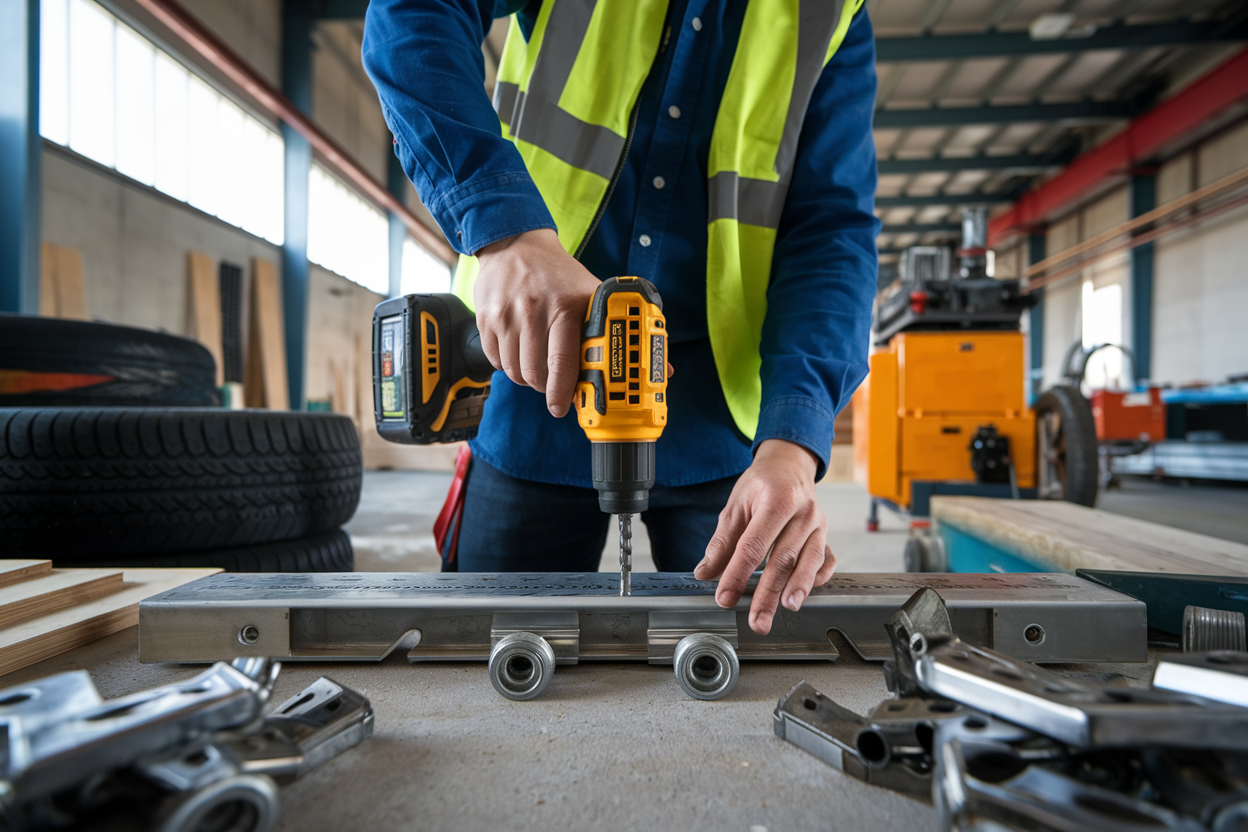
How does it work in different scenarios?
Impact drivers shine in tasks like assembling furniture, securing decking screws, or removing rusted bolts. Its power allows you to save time and effort, while its precision helps avoid stripping screws or damaging materials. For example:
| Application | Impact Driver Benefit |
|---|---|
| Woodworking | Drives long screws easily into dense wood. |
| Automotive Repairs | Loosens stubborn bolts with controlled force. |
| DIY Projects | Prevents over-tightening and stripping screws. |
Why are impact drivers better for screws?
If you've ever struggled with stripped screw heads or uneven driving, you'll appreciate the magic of an impact driver. It makes quick work of challenging screws without damaging them.
Impact drivers apply rotational force and impact pressure simultaneously, ensuring screws are driven straight and secure. This reduces the risk of stripped heads or damaged threads, even with long or stubborn screws.
When to choose an impact driver for screws?
Using an impact driver ensures consistent results, especially in high-volume tasks. For instance, assembling a wooden deck or installing drywall screws becomes faster and more efficient compared to manual methods.
What is the difference between a screwdriver and an impact driver?
While both tools aim to drive screws, their mechanisms and applications differ significantly.
A screwdriver relies on direct rotational force, while an impact driver combines torque with impacting motion. This distinction makes impact drivers better suited for tougher jobs that demand higher force.
Comparison: Screwdriver vs. Impact Driver
| Feature | Screwdriver | Impact Driver |
|---|---|---|
| Torque | Limited | High |
| Applications | Light-duty tasks | Heavy-duty, demanding tasks |
| Precision | Moderate | Excellent |
Why Impact Drivers Are Not Recommended for Use on Metal or Composite Materials
Impact drivers excel with wood and certain fasteners, but their high torque can damage metal or composite materials. The rapid impacts can distort or weaken these surfaces, leading to compromised results.
Avoid using impact drivers on delicate materials to maintain their integrity. For metal or composite tasks, consider using a drill with adjustable torque settings instead.
Does using an impact wrench instead of a breaker bar prevent damage to nuts or bolts?
Impact wrenches are often seen as a modern alternative to breaker bars, but they have their limitations. While impact wrenches provide controlled torque and can minimize user effort, they may still risk overtightening or damaging bolts if not used carefully.
Using an impact wrench offers speed and convenience, but a breaker bar provides greater control for precise applications. Each tool has its place, depending on the job's requirements.
Conclusion
Mastering an impact driver unlocks a world of efficiency and precision for your projects. Understanding its strengths, limitations, and the right scenarios for use ensures you get the most out of this powerhouse tool.
-
The reader might need a clearer understanding of the unique features of an impact driver compared to a standard drill. This link educates them on the basics and ensures they know when to use this tool. ↩
-
The reader may need practical tips and instructions on using an impact driver effectively. This link helps them get started with confidence. ↩

